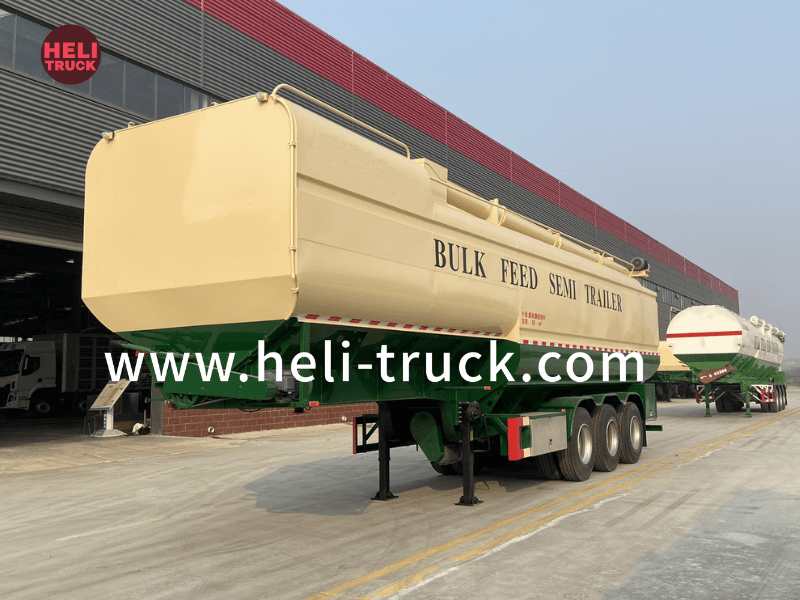Introduction
Garbage compactor trucks have played a crucial role in waste management systems worldwide for decades. These specialized vehicles are designed to collect, transport, and compact solid waste efficiently, helping to keep our cities clean and hygienic. Over the years, significant advancements in technology have revolutionized the design and functionality of garbage compactor trucks, making them more efficient, eco-friendly, and cost-effective. In this article, we will explore the evolution of garbage compactor truck technology, from its early origins to the cutting-edge innovations of the present day.
Early History and Development
The concept of compacting waste to reduce volume and optimize transportation dates back to the early 20th century when the first garbage compactor trucks were introduced. These early models were simple in design, consisting of a basic collection container mounted on a truck chassis. Manual labor was required to load the waste into the compactor, which was then compressed using mechanical or hydraulic systems.
As technology advanced, the first automated garbage compactor trucks were developed in the mid-20th century. These vehicles featured hydraulic systems that could compact waste at the push of a button, significantly reducing the time and labor required for waste collection. The introduction of compaction systems revolutionized the efficiency of waste management operations, allowing for more waste to be transported in fewer trips.
Key Components and Features
Modern garbage compactor trucks are equipped with a range of advanced components and features that enhance their performance and functionality. Some of the key components include:
1. Compaction System: The heart of a garbage compactor truck is its compaction system, which compresses the waste to reduce its volume. Hydraulic compactors are commonly used in modern vehicles, providing high compaction force and efficiency.
2. Collection Container: The container of a garbage compactor truck is designed to safely and securely store the compacted waste during transportation. These containers are available in various sizes to accommodate different volumes of waste.
3. Loading Mechanism: To facilitate the loading of waste into the compactor, garbage trucks are equipped with loading mechanisms such as rear-loading, side-loading, or top-loading systems. These mechanisms vary depending on the type of waste collection required.
4. Control Panel: Modern garbage compactor trucks feature advanced control panels that allow operators to monitor and adjust the compaction process easily. These panels provide real-time data on compaction levels, container capacity, and other essential parameters.
5. Safety Features: To ensure the safety of operators and bystanders, garbage compactor trucks are equipped with various safety features such as backup cameras, warning alarms, and emergency stop buttons. These features help prevent accidents and injuries during waste collection operations.
Recent Technological Innovations
In recent years, technological advancements have transformed the waste management industry, leading to the development of innovative garbage compactor truck technologies. Some of the latest innovations include:
1. Refuse Compactor Truck : Telematics technology allows garbage compactor trucks to be equipped with GPS tracking, remote diagnostics, and real-time monitoring capabilities. These systems enable fleet managers to optimize routes, track vehicle performance, and improve operational efficiency.
2. Automated Collection Systems: Automated garbage collection systems use robotic arms and sensors to lift and empty waste containers into the compactor, reducing the need for manual labor and increasing operational speed. These systems are especially beneficial in high-density urban areas.
3. Alternative Fuel Options: With a growing focus on sustainability and reducing carbon emissions, many garbage compactor trucks now offer alternative fuel options such as compressed natural gas (CNG) or electric powertrains. These eco-friendly vehicles help reduce greenhouse gas emissions and promote a cleaner environment.
4. IoT Integration: The integration of Internet of Things (IoT) technology in garbage compactor trucks enables data-driven decision-making and predictive maintenance. IoT sensors can monitor vehicle performance, optimize routes, and detect maintenance issues in real time, improving overall operational efficiency.

Future Trends and Challenges
Looking ahead, the future of garbage compactor truck technology is likely to be shaped by ongoing trends and challenges in the waste management industry. Some key areas of focus include:
1. Sustainability: As sustainability becomes a top priority for municipalities and waste management companies, there is a growing demand for eco-friendly garbage compactor trucks that minimize environmental impact. The development of zero-emission vehicles and alternative fuel options will play a crucial role in meeting these sustainability goals.
2. Smart Waste Management: The integration of smart technologies such as AI, machine learning, and big data analytics will enable more efficient waste collection, sorting, and recycling processes. Smart waste management systems can optimize routes, reduce operational costs, and enhance overall waste management efficiency.
3. Circular Economy Initiatives: The concept of a circular economy, where resources are reused, recycled, and repurposed, is gaining traction in the waste management sector. Garbage compactor trucks will play a vital role in supporting circular economy initiatives by collecting and transporting recyclable materials to recycling facilities.
Conclusion
Garbage compactor trucks have come a long way since their early beginnings, evolving into sophisticated vehicles equipped with advanced technologies and features. The continuous innovation and development in garbage compactor truck technology have significantly improved waste management efficiency, sustainability, and operational effectiveness. As we look towards the future, further advancements in eco-friendly technologies, smart waste management systems, and circular economy initiatives will continue to shape the evolution of garbage compactor trucks and the waste management industry as a whole.
